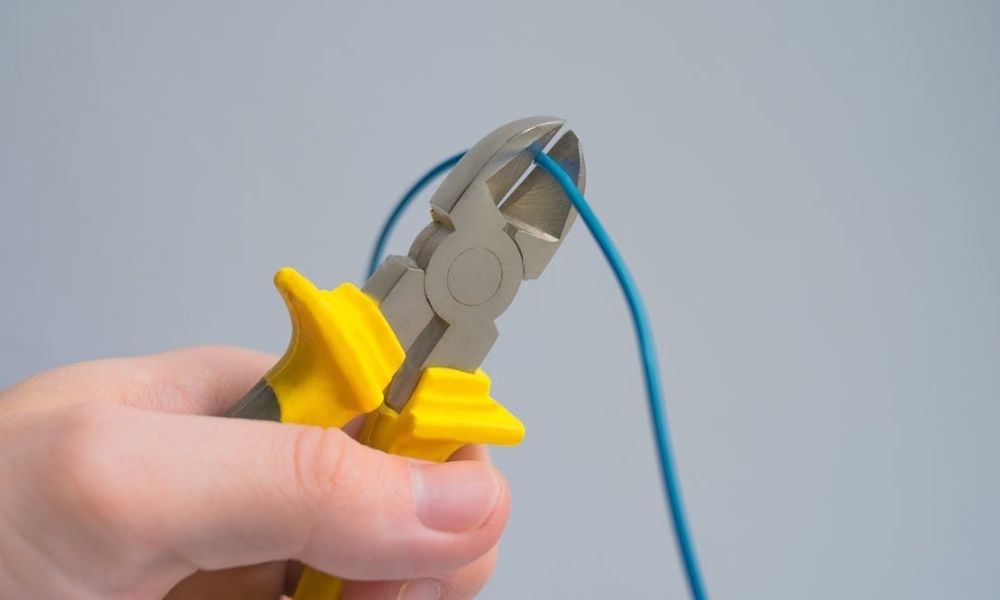Intel’s report of factory job cuts has set workers on the edge, leaving them worried about the future of their positions. In the latest round of its cost-cutting efforts, Intel is planning to lay off up to a fifth of its factory workers, which is a very significant number. Intel’s job reductions for July will affect between 15% to 20% of its workers and will extend through the month. The exact number of workers affected by the headcount reduction has not been revealed, but the sizable scale of the cuts indicates that many will be affected.
This isn’t Intel’s first announcement of cuts this year, but the reductions were believed to focus more on the management workers rather than the factory employees. Under new CEO Lip-Bu Tan, Intel has begun a transformation to a more “engineering-driven culture,” which indicates that other roles in the organization are now going to be more vulnerable to change. The Intel manufacturing cuts don’t indicate a shift away from hardware production but are indicative of a desire to become leaner and more driven by its tech service advancements.

The Intel layoffs are alarming and reflect the strain being experienced by businesses in 2025. (Image: Pexels)
Intel Factory Job Cuts Announced—the Company Is Empowering Engineers the Hard Way
The specifics of Intel’s workforce restructuring plans remain unknown but Oregon Live was able to access the memo that was shared with employees. Reportedly, the layoffs will begin in July and conclude by the end of the month. There is a distinct possibility that further factory job cuts at Intel will be announced later if the downsizing proves to be insufficient, but for now, the current round will proceed at the Silicon Forest campus in Oregon as well as other factory locations.
Intel’s layoffs for 2025 are aimed at making the company leaner and more efficient, by eliminating organizational complexity and empowering its engineers. Intel’s statement makes it clear why the changes are necessary. “[It] will enable us to better serve the needs of our customers and strengthen our execution. We are making these decisions based on careful consideration of what is needed to position our business for the future, and we will treat people with care and respect as we complete this important work.”
Reports have emerged suggesting that the Intel factory job cuts will extend outside the US to locations in China and Israel as well. Intel laid off around 15,000 employees in 2024, but despite the massive cuts, it appears the company is not down with its downsizing.
Who Will Be Affected by the Intel Job Reductions in July?
Intel Foundry, where the cuts are expected, has a range of different units that work to advance the technology offered by the organization. It’s unclear if all the divisions will be equally affected or if the cuts will be centered in a specific section. From what we have seen in the memo, individual departments will be able to execute the cuts on their own with the goal of meeting the reduction quotas set by top management.
Unlike previous years, the company will not be offering voluntary buyouts to allow workers who want to leave to move out willingly. Google has been one of the most proactive with this buyout strategy in its layoff procedures.
Intel’s factory job cuts will be “based on a combination of portfolio changes, level and position elimination, skill assessment for remaining positions, and some hard decisions around our project investments,” according to Naga Chandrasekaran, Intel’s Vice President for Manufacturing.
Intel’s Cost-Cutting Layoffs Are Going to Greatly Bring Down Its Numbers
Intel has been working tirelessly to bring the company back to its former glory and set the business back on track, and while job cuts have been one of the most employed strategies, it isn’t the only shift in the company’s approach.
Intel’s manufacturing cuts aside, the company has put its plans to establish a new factory on hold until 2030 due to the investments far outweighing the current demands for its chips. The company has also implemented a 4-day RTO strategy to encourage its employees to return to the office and perform at their best. This move may have encouraged some employees to quit on their own, but most are expected to hold on to their roles for as long as possible considering the job market isn’t taking too many new applications right now.
Across industries, workers are losing jobs at an unprecedented rate, and finding themselves unable to pick up work. From the pressure of tariffs to mounting competition, most organizations are either cutting down on investments or shifting resources to ensure their revenue can be channeled into AI. Some companies like PwC are looking to expand their workforce with new hires, but the competition is fierce and the opportunities are limited.
As Intel restructures its workforce and works to write a new chapter into its history, we expect that there will be more cuts to come.
Subscribe to The HR Digest for more insights into the ever-evolving landscape of work and employment.





